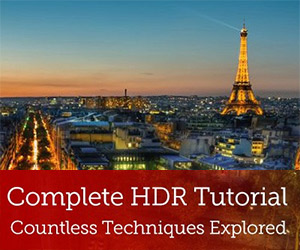New tutorial from Trey Ratcliff
Yesterday Trey Ratcliff published a new video tutorial on his page. And I have to say, it looks quite interesting. You can even find a free 40 minutes tutorial video there. But he also announced a photo contest for everyone who purchases the tutorial. The all expenses paid photo trip to New Zealand sound so good :) Check it out on his tutorial page.
Morning with the gold sky
I published quite a few photos already from this sunrise, but I still got few that I really like. It was one of those sunrises, when you try to get as many photos as you can, and they all look good :)
This is a HDR created from 7 exposures in Oloneo Photoengine and finished in Photoshop.

















